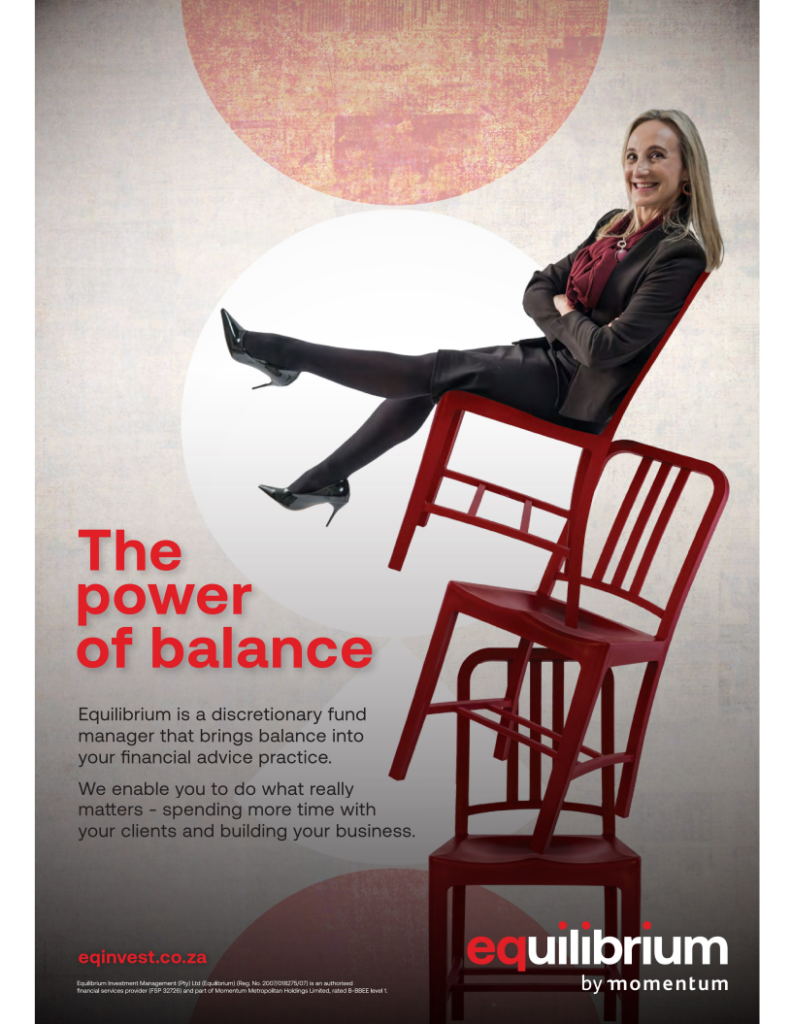By: Kathleen Davis, an account executive in GIB Insurance’s Film and Entertainment division
The insurance aspects of film production shouldn’t be left to chance and producers should consider the very diverse risks accompanying the development of movies or series.

The role of commercial and film producers’ insurance cover is to protect the financial interests of the production funders against unfortunate events that may cause physical damage or delays resulting in a loss.
The insurance cover needs to consider an extensive set of circumstances and events that may occur during the various stages of pre-production, tech scouting, and post-production. Within the various production stages, evaluation of various risks needs to be considered in relation to suppliers, industry riggers, specialised and stunt crews, special effects teams, equipment, props, sets and wardrobe and the cast and extras.
The insurance contract is subject to “Uberimae Fides” which is an utmost good faith condition. As such it is important that all aspects that relate to the project’s risk profile are declared to the insurer at the outset of the project. A professional insurance broker will assist with this process by working through detailed proposal forms with any supplemental information to clarify the risk, structuring the cover and achieving a competitive premium.
There are some key factors which shouldn’t be ignored. The standard commercial and film producers’ insurance policy usually excludes hazardous activities and an upfront declaration of the risk involved means that the correct cover can be purchased and structured.
Comprehensive and effective insurance cover is a core part of the production receiving a completion bond/guarantee and the smooth handling of this process is very useful in the production lifecycle. Furthermore, a detailed review of the sums insured for the various aspects of the production need to be made, and the sums insured must be inclusive of VAT.
Premiums are determined by the underwriter after the broker has presented the risk. It is during this process that the value of the insurance broker’s experience becomes apparent to ensure that a fair and equitable premium is agreed.
Obviously, the type of production involved produces varying types of risks. While explosions and dramatic stunts in exotic locations keep audiences on the edge of their seats, these still involve real risks which need to be dealt with both from a risk management and insurance cover perspective.
Classes of risk which needs to be considered:
1. Nominated key cast & crew, which is different from non-appearance.
This protects against extra expenses incurred to complete the shoot due to cancellation, postponement, or interruption caused by accidental death or injury. Producers would typically need to declare the persons’ names and designations prior to the shoot and may also be required to complete a statement of health or obtain a medical certification.
2. Footage, digital, solid state, negative, videotape
This provides protection against physical loss, damage or destruction of raw film, tape stock, exposed film (developed or undeveloped) and soundtracks. Take note that the insurer may require you to check and test camera equipment and raw stock prior to filming. Also, note that a processing warranty may apply. The copy and the original must be stored and transported separately.
3. Hired-in or miscellaneous equipment.
Cover for direct physical loss, damage, or destruction to equipment (such as cameras, lights, grip and the unit, non-motorised trailer, gazebos, tools used by the crew, etc).
4. Props, Sets and Wardrobe (PSW)
Cover for loss/damage of props, sets, scenery, costumes, and wardrobe.
5. Location cover
Third Party Property damage also known as location cover provides cover for damages to property belonging to others in the productions care’, custody and control. This section should also be added in addition to your motor section.
6. Extra expenses
This covers reimbursement of the production company for any additional costs to complete the shoot or reshoot due to a delay due to damage to props sets and wardrobes, equipment, location, or facilities.
7. Public liability
This provides cover for death and bodily injury to a party for which you are legally liable.
8. Employers’ liability
Cover for costs and expenses arising from bodily injury, death of cast or crew employed during the production period. It is important to note that all regulations, procedures, and precautions are adhered to at all times. Productions that are likely to put property or persons at high risk while filming must be advised to underwriters for their approval prior to the commencement of the production.
9. Personal Accident
Provides cover for cast and crew in your contract. The production company has the option to choose the relevant limits in respect of death, disability, and medical expenses but this only covers accidents and does not include illness.
10. Motor vehicles
Hired-in provides cover for the vehicles should they be stolen, damaged or destroyed. The cover includes vehicles for crew use or action picture vehicles used in front of the camera.
11. Animal mortality
This cover is subject to a vet certificate; attendance of animal wranglers as required and provides cover following the death of the animal involved.
There are clearly many different exposures that need to be considered and advice to assist with the quantification of the risk as well as the best way to treat it is advisable.


